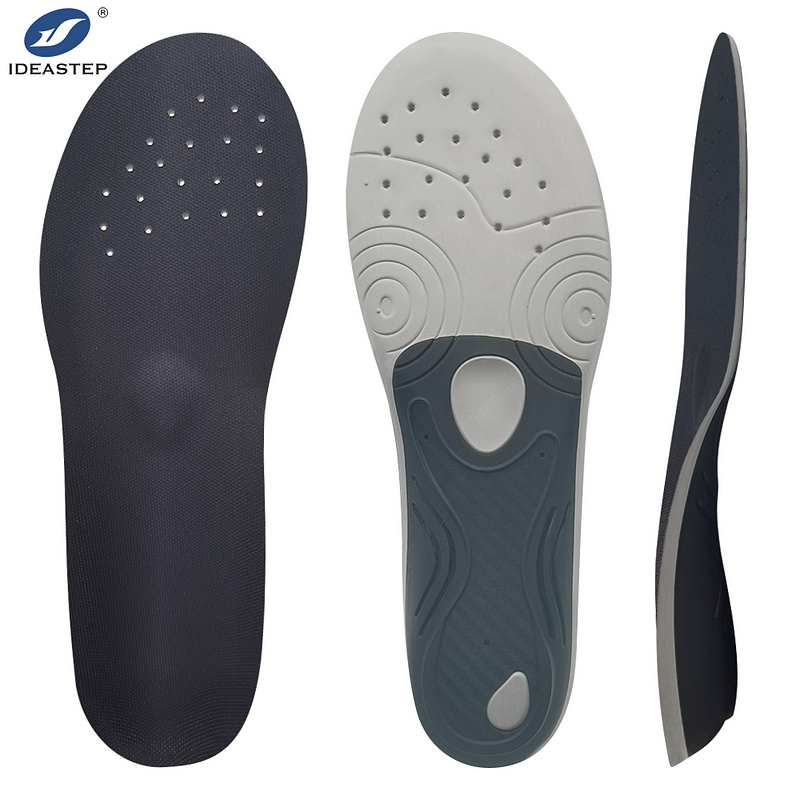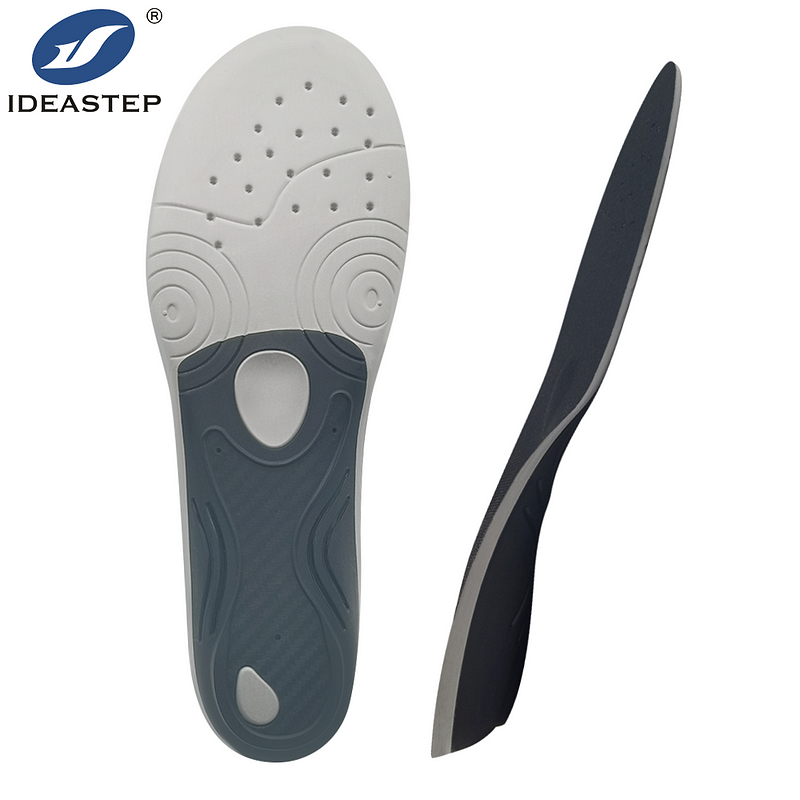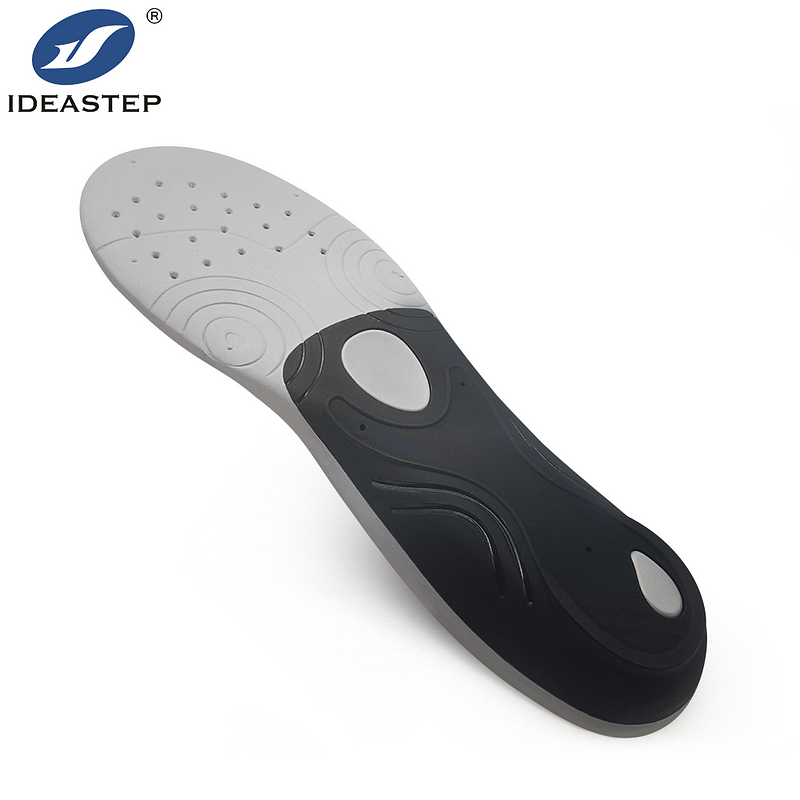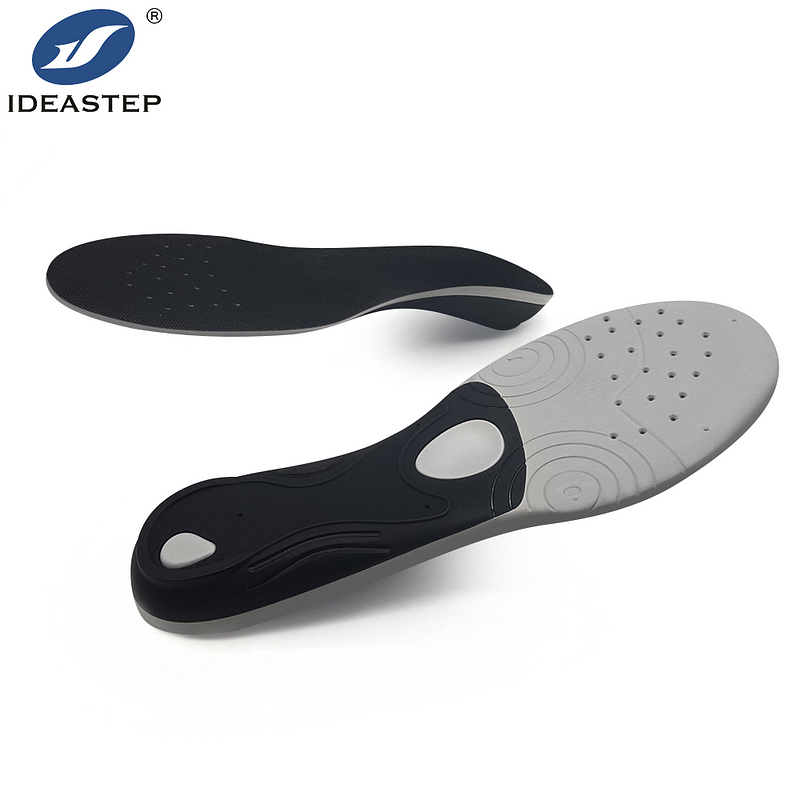Orthotic insoles are some of the most important performance-enhancing equipment in aiding and comforting athletes. In choosing orthotic insoles for application in sports, attention should be focused on vital feature elements, as these may become critical in shaping an athlete’s performance and overall foot health. This guide examines key features of these insoles, types of insoles for various kinds of sports, and how one would maintain them for maximum effectiveness in ensuring the best from one’s athletic performance.

Key Features of Orthotic Insoles for Sports Performance
Arch Support
Excellent arch support in an orthotic insole is highly important in the case of athletes. Good arch support works in terms of giving equal pressure on the foot to reduce the strain on the arch, thus preventing common injuries such as plantar fasciitis. Besides, insoles with adjustable or customizable arch support can make regard to the structure of an individual’s foot for optimum comfort and performance.
Cushioning and Shock Absorption
For any form of sports, proper cushioning and shock absorption are very important. High-quality orthotic insoles use EVA foam or even gel for shock absorption to reduce the total stress in your feet during high-intensity activities. This feature adds a lot to comfort and minimizes the risk of stress-related injuries by saving your joints and muscles from excessive forces.
Foot Alignment and Stability
Orthotic insoles maintain proper foot alignment, providing stability for better performance and injury prevention. Good alignment means your feet, ankles, and legs move in harmony; this therefore reduces the risk of injuries such as sprains and strains. Improved stability further enhances your balance and control, enabling better performance in those sports which require either quick changes in direction or hard physical exertion.
Breathability and Moisture Control
It is important to keep your feet dry and comfortable during all forms of sports. Orthotic insoles could be made from breathable materials that allow the management of sweat and prevent unpleasant odors. These include insoles designed with mesh fabrics or antimicrobial treatments that will keep the feet fresh and hygienically clean, especially for a longer period of activity.
Durable and Long-lasting
Durability is yet another significant factor in the selection of orthotic insoles in sports. Good quality insoles should not deteriorate with athletic use and lose their supportive qualities. Spending money on durable insoles assures you that the value and performance derived from them remains consistent over a period of time and for some time to come, with no need for frequent replacements.

Types of Orthotic Insoles for Various Sports
Running Insoles
For runners, orthotics insoles should have more emphasis on shock absorption and arch support. Additional cushioning in the heel and forefoot area will enable the absorption of impacts much better to protect against running injuries. Memory foam or gel types of materials will be extremely effective in enhancing comfort over a long run.
Basketball Insoles
For such a high-impact sport, insoles for basketball should be able to provide very good cushioning and support. More cushioned insoles with strong arch support will help absorb the shocks from jumping and quick changes of direction, which will minimize the chances of injury.
Soccer Insoles
This is because footballers need insoles that can provide stability and traction for them. Most football orthotics insoles also come with added features such as extra arch support and anti-slip materials that provide the best grip and prevent foot slippage during a play.
General Athletic Insoles
For athletes who engage in different kinds of sports, general versatile orthotic insoles feature a balance of supportive and cushioning properties that will be of help. Generally, these insoles address a wide range of athletic activities in terms of comfort and safety.

How to Choose the Right Orthotic Insoles for Your Sport
Determining Your Needs
Before purchasing orthotic insoles, your first step should always be analysis of what exactly it is that you need from your particular sport and what type of foot you have. Based on arch height, foot width, and pre-existing conditions, you are looking for supportive comfort.
Trying Options
This might require you to try out a couple of insoles to know which will serve the purpose. Most stores have a trial or satisfaction warranty where you can try the insoles out to know they can perform and make you comfortable enough.
Professional Consultation
Consult a podiatrist or sport specialist for personal advice. They will be able to advise you based on your foot structure and which is most suitable and best orthotic insole to meet your needs and athletic goals.

Care and Maintenance of Orthotic Insoles
Cleaning and Hygiene
Since orthotics insoles are considered prescription drugs, cleaning per prescription direction given by the manufacturer can extend their lifespans. This keeps hygiene and ensures the insoles are fresh to perform optimally.
When to Replace
Replace your orthotic insoles when they show signs of wear, such as loss of cushioning or visible damage. Regular replacement ensures continued support and comfort, helping to avoid potential injuries.
Orthotic Insoles for Sports – Personal Experience
I am an active person and have experience with orthotic insoles for different sports. They really can make a big difference in performance and comfort. The correct orthotic insoles—from companies like Ideastep—can help pain and extreme activity become more stable. After trying several models and consulting with a specialist, I finally found the right ones, which fitted my feet best and allowed me to raise my athletic performance and minimize the risk of injury.

Frequently Asked Questions (FAQs)
What are the main advantages of using orthotic insoles for sport?
The orthotic insoles increase arch support, improve cushioning, align the feet better, and increase stability—all factors that improve performance and prevent injury.
How often should I replace my orthotic insoles?
Replace orthotic insoles when they show signs of wear, such as reduced cushioning or visible damage. This is usually every 6-12 months, depending on usage.
Can orthotic insoles prevent sports injuries?
While they may not be able to completely prevent injuries, orthotic insoles do minimize the risk by offering sufficient support, cushioning, and stability to reduce stress and impact upon the feet.
What material is considered best for sports orthotic insoles?
High-quality EVA foam, gel, and memory foam are all ideal materials for orthotic insoles due to their supportive and cushioning nature.
If you are interested in orthotic insoles , you can continue to visit this page (https://www.aideastep.com/products-2/) and tell us your needs.
